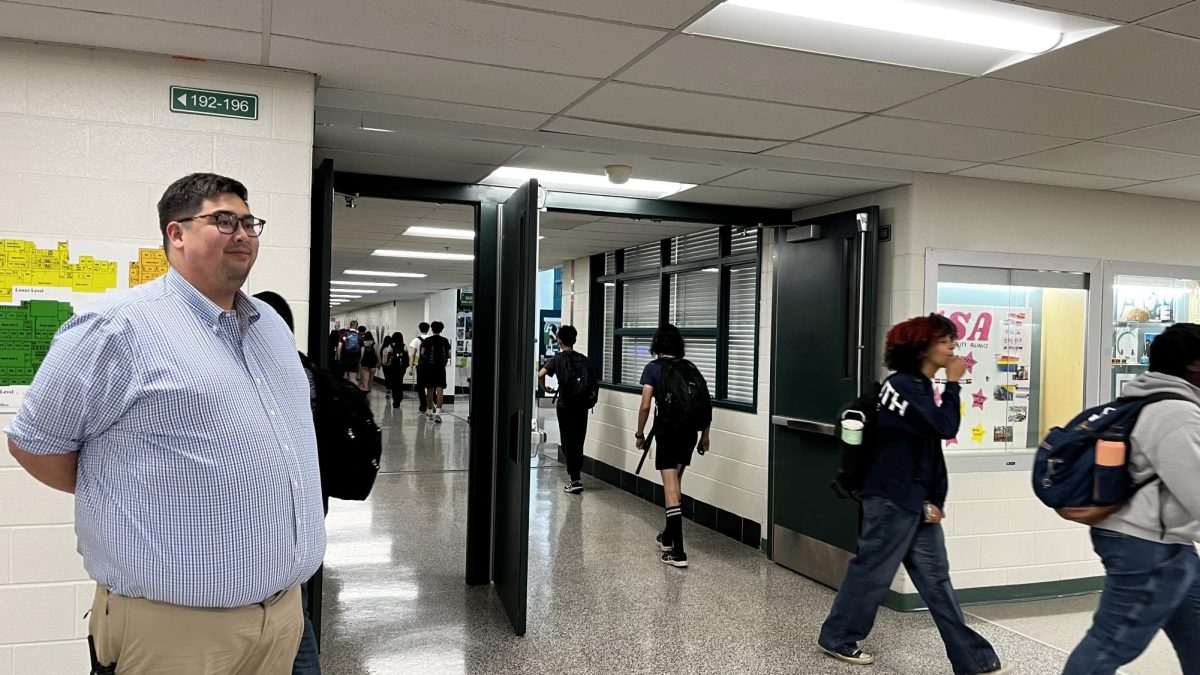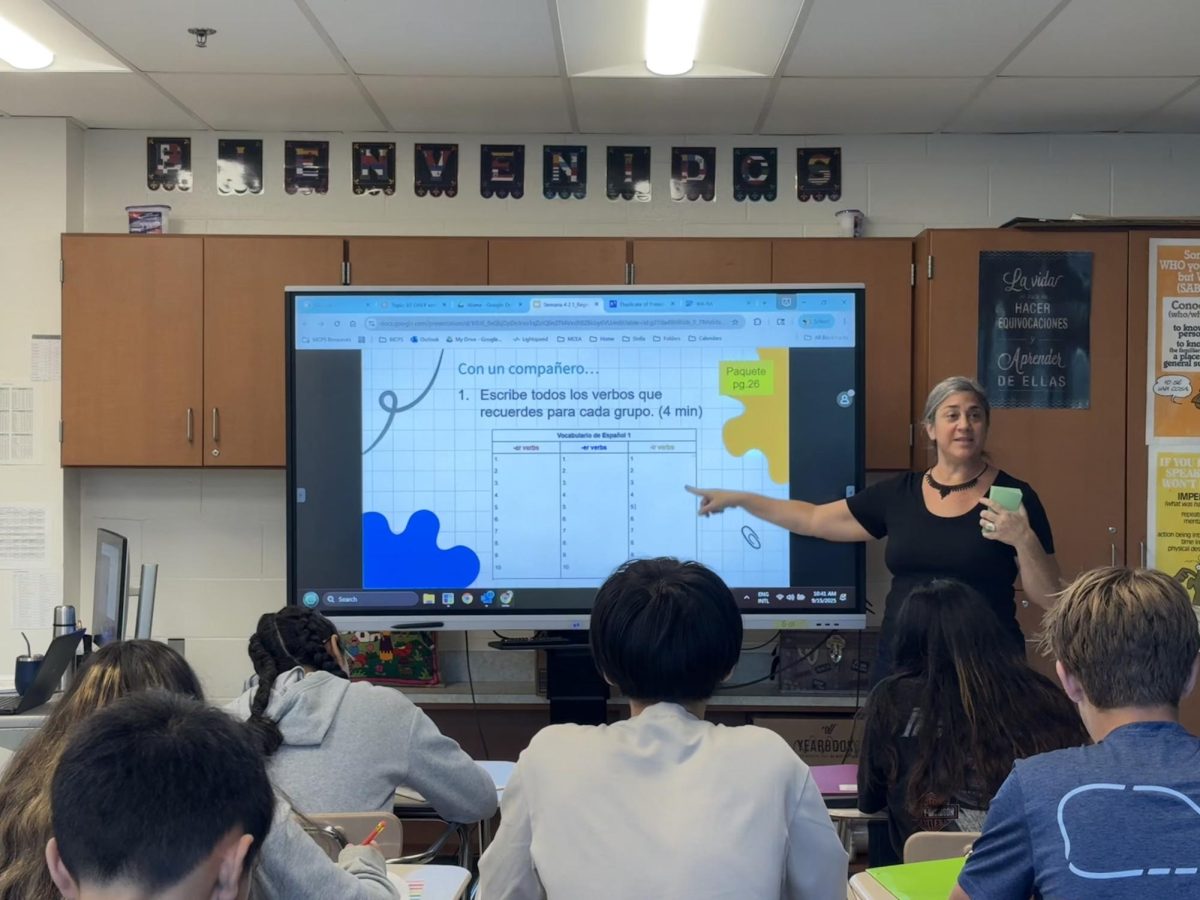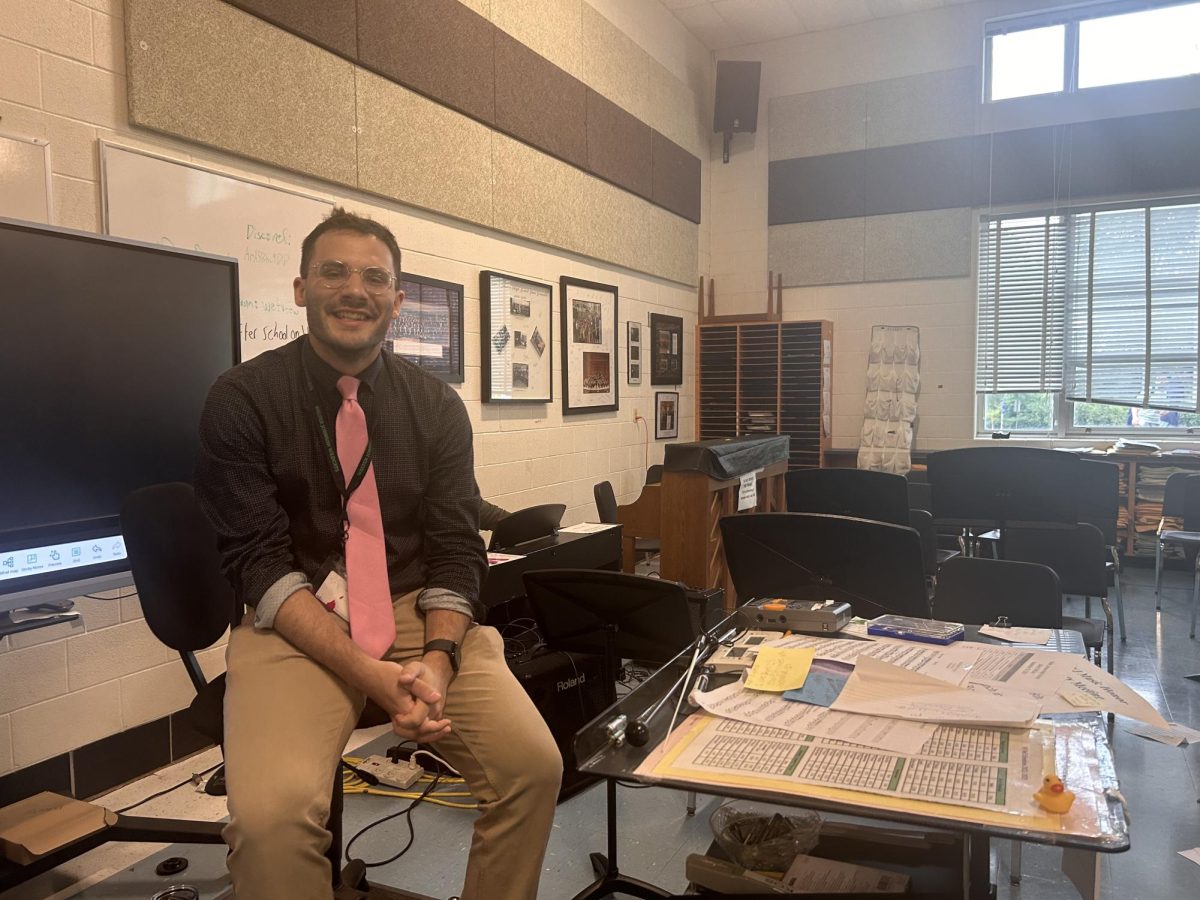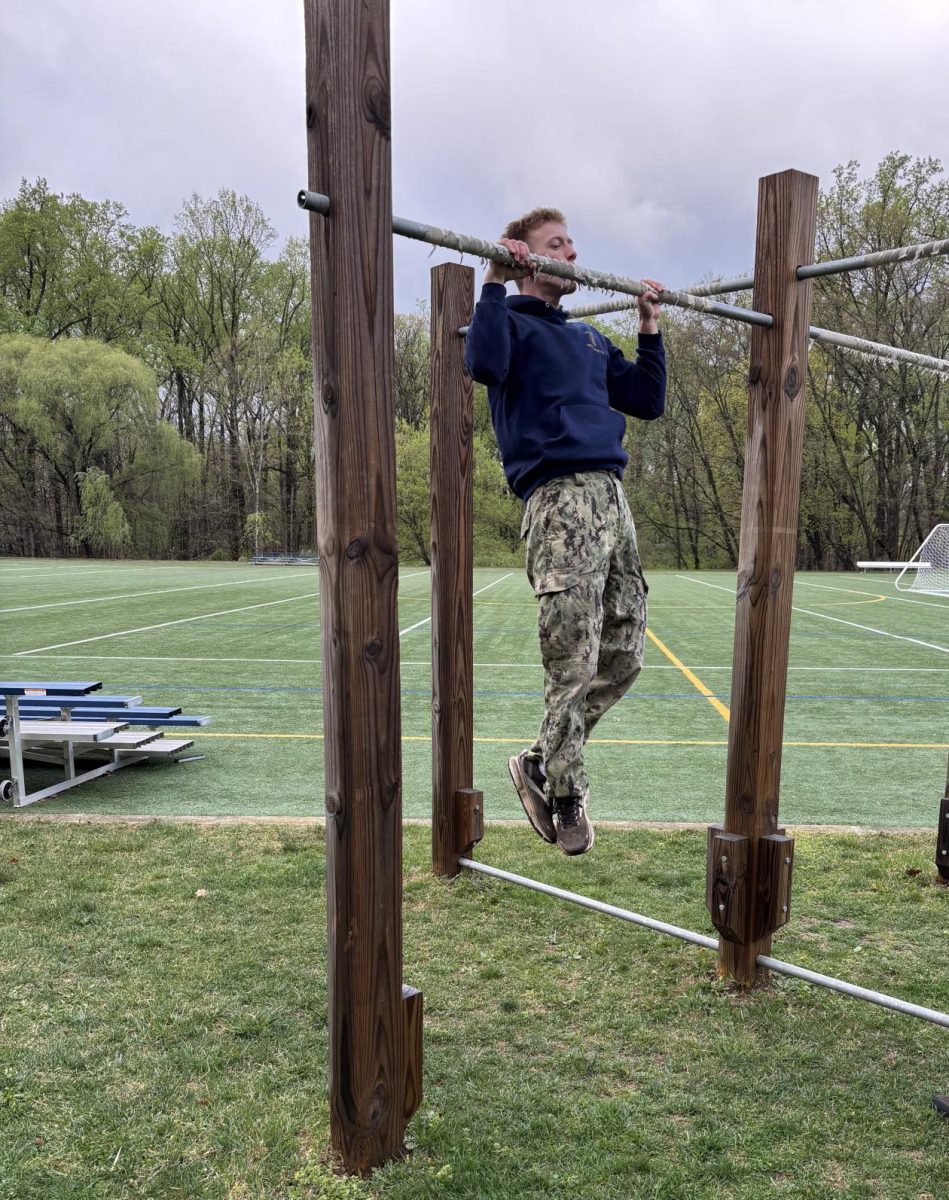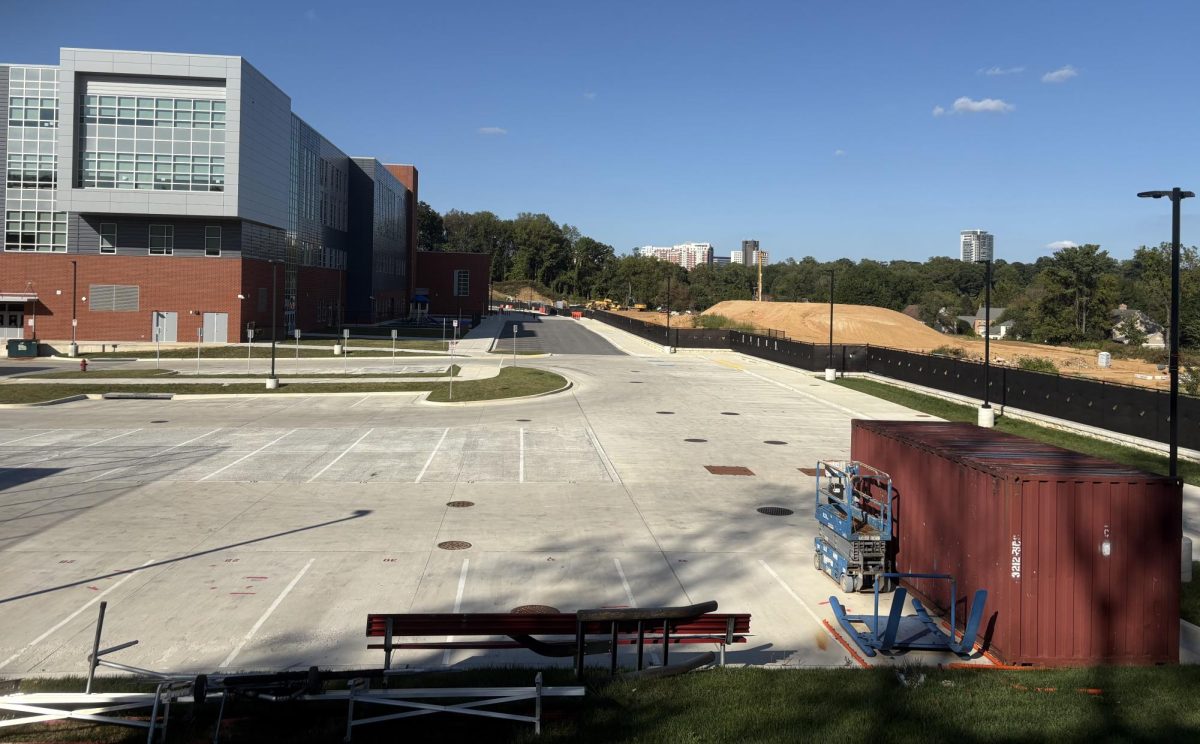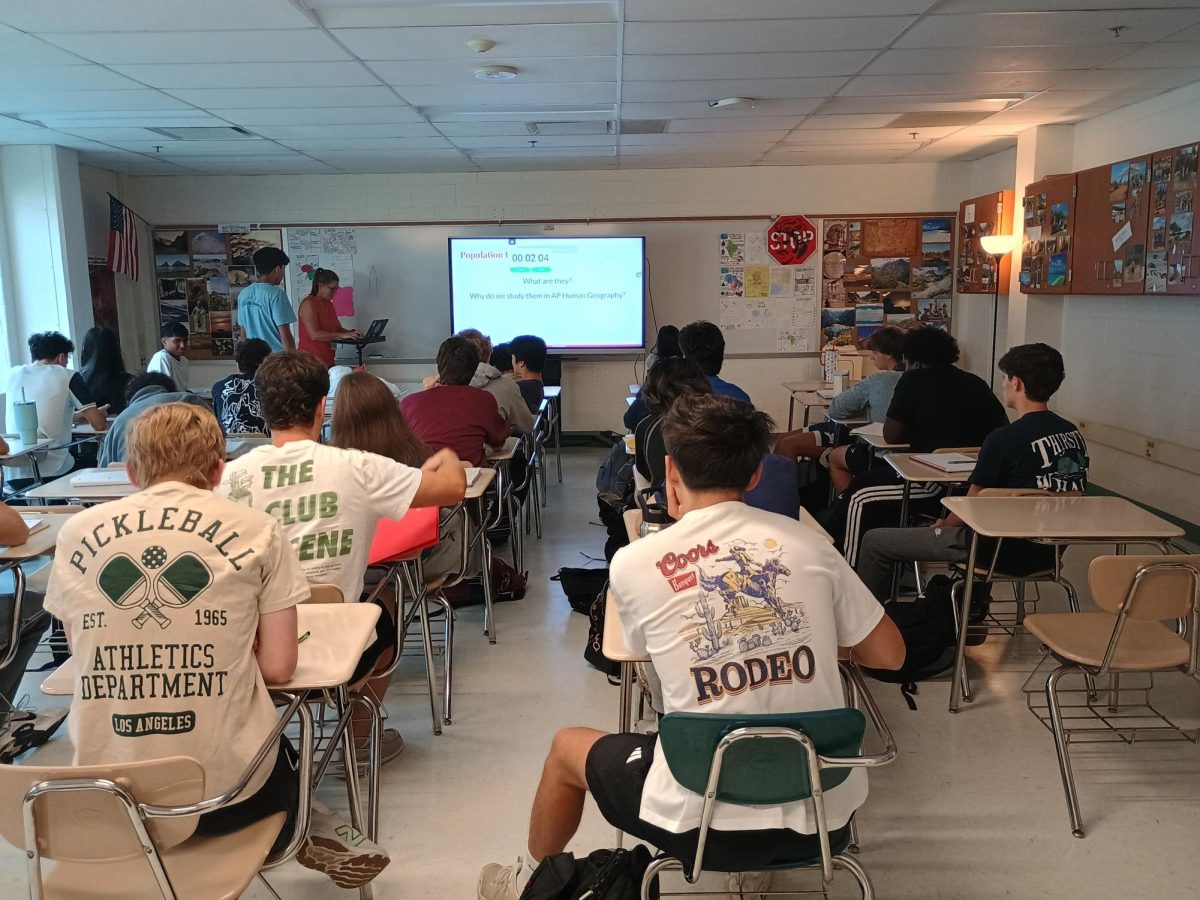Every year, one of the first things a student thinks as they walk into a classroom on the first day of school is, “where am I sitting?” Sometimes this decision is up to them, and sometimes it’s predetermined by their teacher.
Not all teachers feel strongly about assigned seating. In fact, some of them actually prefer to avoid it if possible for the benefit of their students. Some teachers allow their students to choose where they sit at the beginning of the year and have them stay there throughout the semester. More uncommonly, others allow their students to move whenever they like.
Almost every class you’ll attend has a somewhat unique seating arrangement. Whether that’s through the positioning of the desks or the way students are seated, each classroom and each teacher has something different. Most students would prefer to choose where they sit, but that is often not an option, as seating charts and arranged seating are very common.
Teachers generally seem to favor assigned seating when making seating charts, mainly to improve student attention rates, limit distractions for their students, and help improve class participation.
“I initially use seating charts to help me memorize students’ names, and also I use them as a way to help me pick different students to question instead of relying on the few kids who always raise their hands,” social studies teacher Mitchell Joy said.
“I don’t like assigned seating because I think a big part of school is socializing, and seating charts often prevent that. When I was a freshman, I liked them more because I didn’t really know people, but now that I’m a senior, I have people I talk to, so assigned seating is less fun,” senior John Murphy said.
Yet, for other teachers, there’s a lot to think about when deciding how to situate the desks in their classrooms and where to sit their students. Some teachers have tentative seating arrangements, such as math teacher Terri Bullock.
“I usually prefer assigned seating until I get to know the names of my students, and then I usually don’t mind if students start moving around, but with classes that have a lot of 9th graders, I do tend to keep them in assigned seats,” Bullock said.
Many teachers take a similar hybrid approach, where an initial seating chart is given out to help a teacher memorize names, and as the school year progresses, students are given more freedom to move around the classroom as they’d like.
Different classroom layouts are another factor that goes into creating seating charts, as the layout of the classroom can make it easier or more difficult to create a working seating plan. Many science classes are held in classrooms with lab benches and different desks, which can be a little awkward in larger classes, as sometimes students have to sit at one of the lab benches separated from the main tables.
Additionally, some classes do not have the standard classroom desks and instead have tables where multiple students sit, which is another factor that teachers with those types of tables have to consider when creating seating arrangements.
Seating charts continue to be a topic of discussion and often disagreement among students and teachers, with most students favoring having no assigned seating, and most teachers favoring at least some form of assigned seating. However, at the end of the day, the decision lies with the teachers, and they’re going to do what they think is best for their class.


